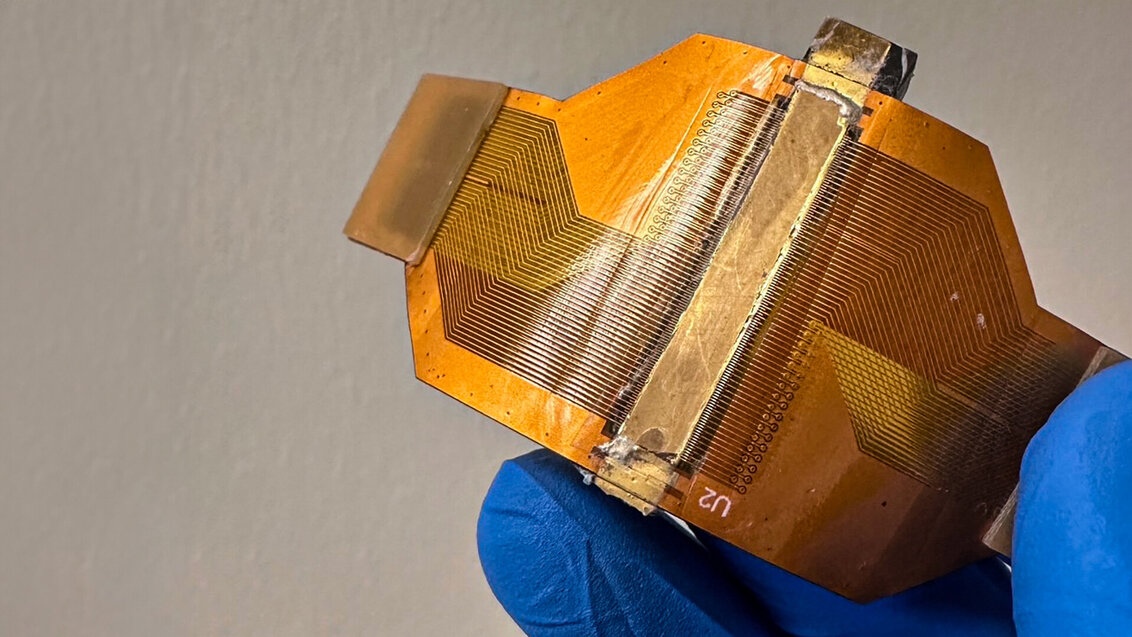Dr Piotr Kijanka, Professor at the AGH University of Science and Technology (AGH), Faculty of Mechanical Engineering and Robotics at AGH University of Science and Technology in Krakow, participated in the development of a miniature sensor designed to continuously monitor internal organs, which was developed by a team of scientists from the Massachusetts Institute of Technology (MIT) and the University of Southern California (USC). The device could find applications in kidney and liver transplant patients, where it will allow early detection of symptoms of acute organ failure and transplant rejection.
The device, which is the size of a postage stamp and is glued to the body, was described by a group of scientists in the prestigious journal Science Advances.
Using one of the medical imaging techniques – ultrasound elastography – the device employs ultrasound waves penetrating the body as a probe of the organism. Organs subjected to pulses of a focused acoustic wave beam begin to vibrate gently and emit elastic transverse waves, which are recorded by the device. The technique exploits the fact that pathological processes cause gradual changes in the mechanical properties of organs. Diseased organs subjected to the pulse of a focused acoustic wave beam vibrate differently from healthy organs, which translates into a change in the speed and profile of the propagation of the transverse waves. If they deviate from the reference values, this is a signal that something wrong is going on in the patient’s body.
Dr Piotr Kijanka, Professor at the Department of Mechanical and Robotics Engineering, was responsible for the numerical validation of wave processes occurring in tissues during the development of the device.
Developed by engineers from MIT and USC, the device allows for more than 48 hours of uninterrupted operation and is able to detect signs of a pathological process within six hours of their occurrence. Despite the miniaturisation, the developers have managed to fit 128 piezoelectric transducers on a length of 24 mm, which is equivalent to the number of transducers in current commercial heads, which are 40 mm in size.
Adrian Andrzejewski





